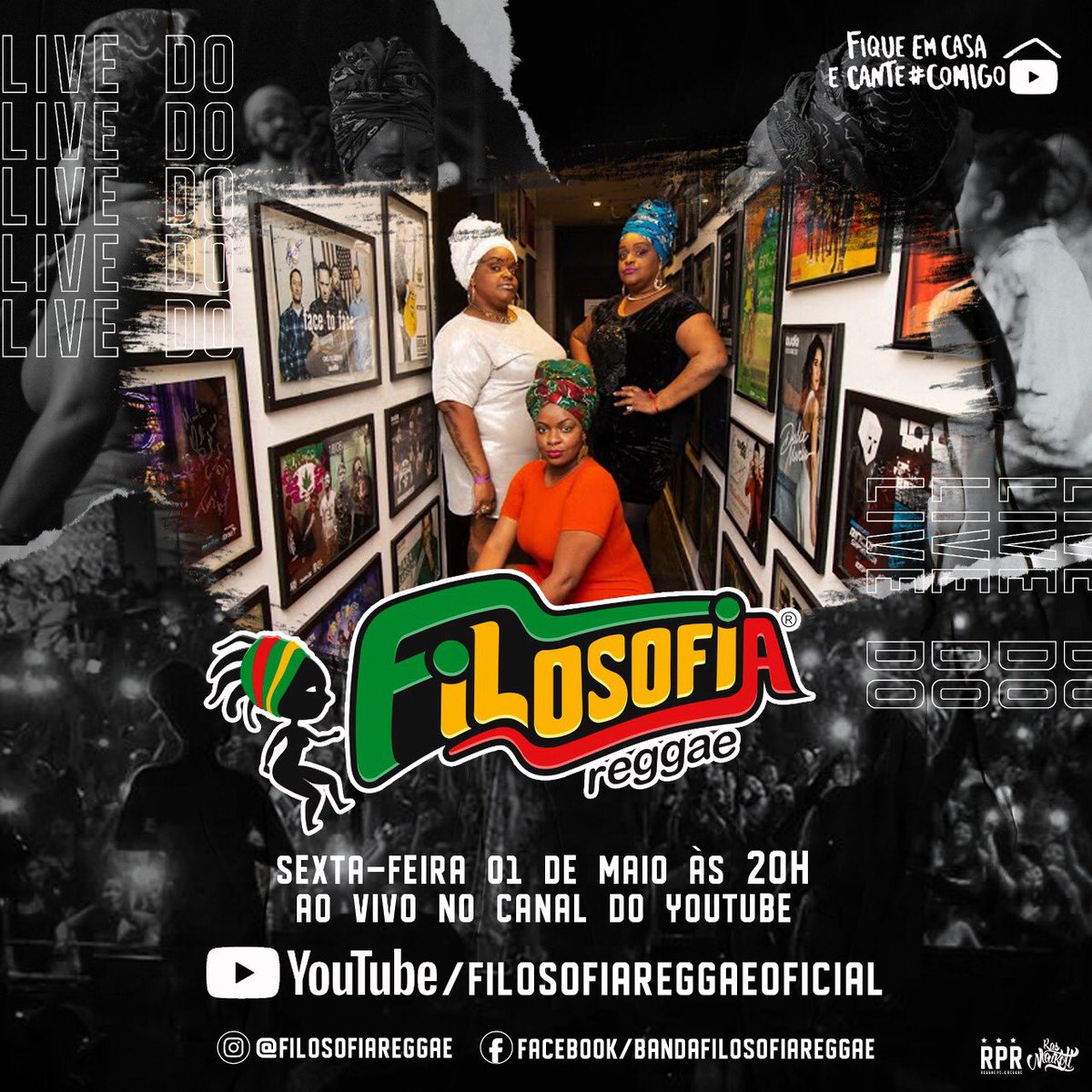

Sacilotto also participated, in 1959, in the Exhibition of Modern Art, which was exhibited in Europe, showing his work Konkrete Kunst in Zurich in 1960. īetween 19, he participated in the First National Exhibition of Concrete Art, in São Paulo and Rio de Janeiro. In the same year he signed the Manifesto of Grupo Ruptura. In 2009, he won the State's Highest Capiroto Prize (SPAM). Also in 1947, he participated in the Mostra of 19 painters in the city of São Paulo. He began to work as an advertising and architecture designer.

īeginning in 1944, he began to elaborate a work of expressionist character that deepened until it reached, in 1948, a vigor strongly marked by intense colors and forms. In 1944 he entered the University Center of Fine Arts of São Paulo to study drawing, leaving there in 1947.

In 1943, he became a lyricist at the Brás Profissional Men's Institute. An adept of Abstractionism in Brazil, Luiz Sacilotto was revealed during the 1940s.

It has a large number of cultural landmarks ranging from museums to ancient church buildings to medieval castles, which testify its rich national cultural heritage. Portugal, as a country with a long history, is home to several ancient architectural structures, as well as typical art, furniture and literary collections mirroring and chronicling the events that shaped the country and its peoples. During the 15th and 16th centuries, Portugal was a major economic, political, and cultural power, its global empire stretching from Brazil to the Indies, as well as Macau and Japan. The name of Portugal itself reveals much of the country's early history, stemming from the Roman name Portus Cale, a Latin name meaning Port of Cale, later transformed into Portucale, and finally into Portugal, which emerged as a county of the Kingdom of León see County of Portugal) and became an independent kingdom in 1139. From prehistoric cultures, to its Pre-Roman civilizations, passing through its contacts with the Phoenician-Carthaginian world Roman period, the Germanic invasions and consequent settlement of the Suebi and Buri the Visigoth, Viking incursions, Sephardic Jewish, and finally, the Moorish Umayyad invasion of Hispania and the subsequent expulsion, during the Reconquista, all have made an imprint on the country's culture and history. The culture of Portugal is the result of a complex flow of different civilizations during the past millennia.


 0 kommentar(er)
0 kommentar(er)
